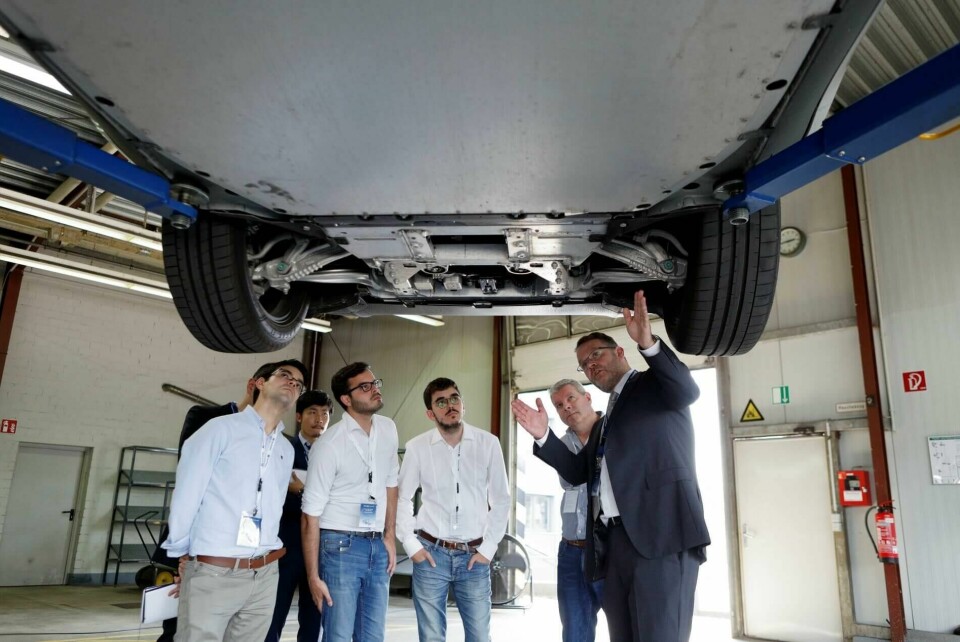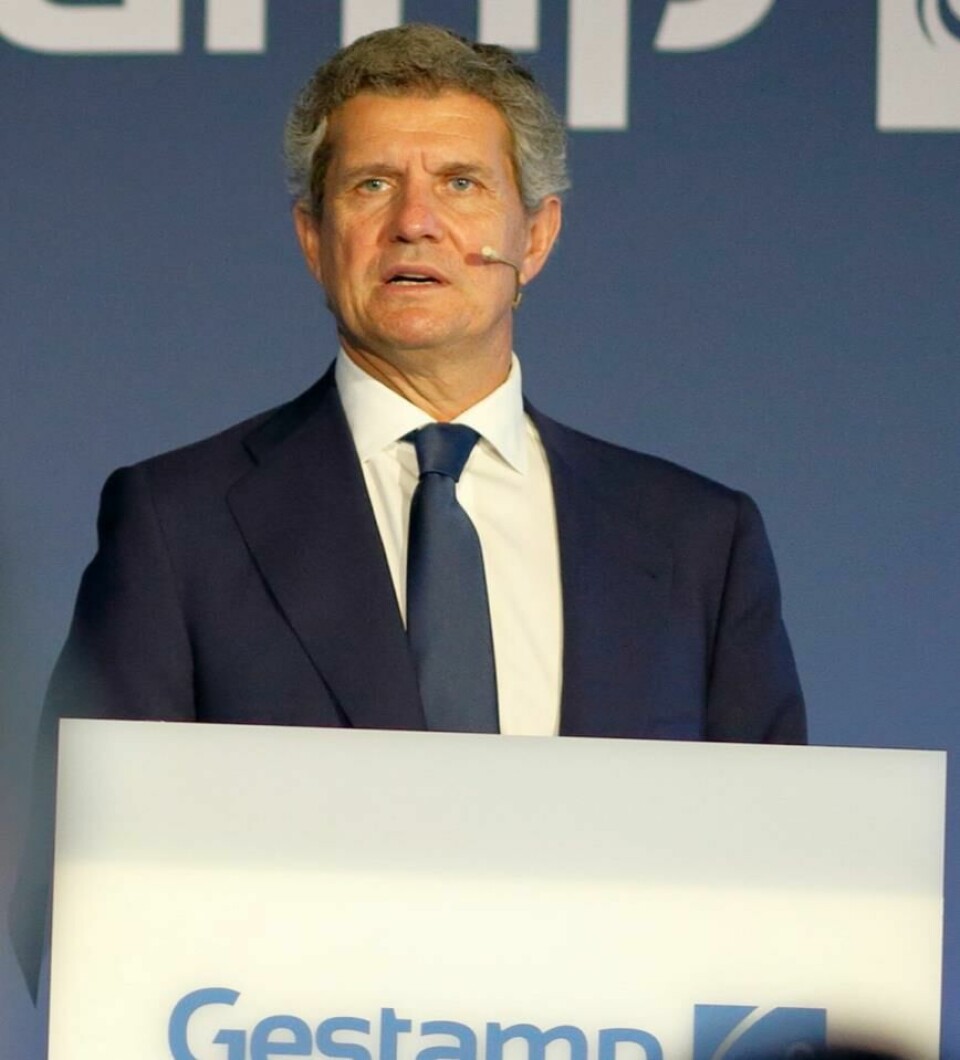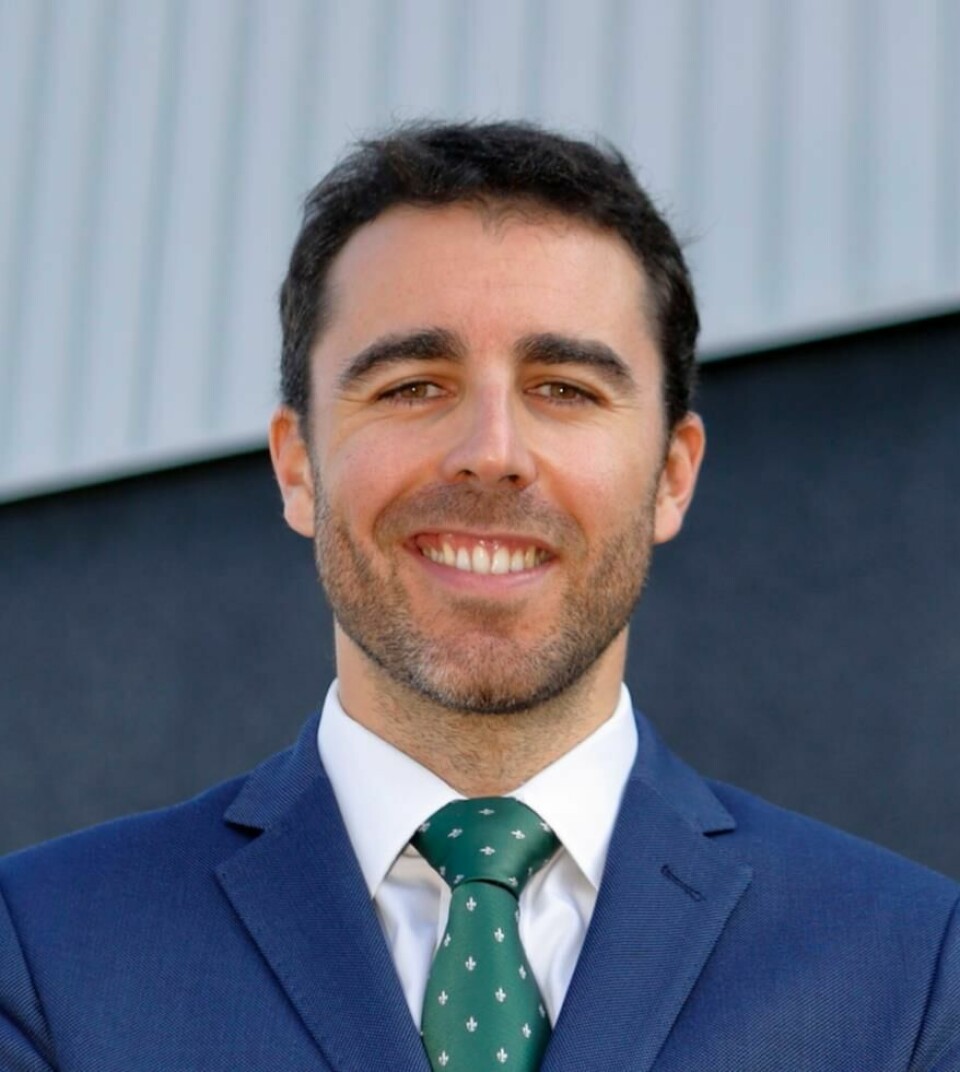A flexible solution
Metal-component supplier Gestamp outlines the challenges ahead and its strategy for meeting higher demand for lightweight parts

With almost all the major OEMs adjusting their manufacturing operations to produce more electrified vehicles, the huge supply chain is also having to quickly adapt to new demands for higher performance and lower costs. Much has been made of the huge investments being ploughed into electric vehicle production but arguably the tier suppliers are most exposed to these changes, given the investment required in new technologies and the lack of certainty regarding volumes.

At a recent press conference held at the company’s Bielefeld facility in Germany, Gestamp’s CEO, Francisco Riberas outlined the tier supplier’s future strategy, beginning with the global market context. Riberas commented on the slowing growth of the automotive market, increasing trade tensions affecting the US and Chinese markets, plus the uncertainty in Europe regarding how and when the UK would leave the EU. All of these factors are challenges coming at a time when the automotive industry is required to invest heavily in a new generation of vehicles.
For Riberas the move to EVs is having the most effect on Gestamp’s business: “Electrification is perhaps the most important trend for us as a manufacturer of components. We see a very big [push] by most of the OEMs; after many years of talking about EVs, now it’s real, it’s a reality. Volkswagen is planning to invest a huge amount of money in the next five years in order to develop platforms and [models] for full EVs. And companies like Daimler and BMW are moving also in the same direction”.

Three pillar strategy
Explaining the Group’s long-term strategy, Riberas noted that there would be a logical, measured approach, continuing to work closely with OEM customers. This strategy would be based around three different pillars. “The first pillar is trying to be close to our customers, wherever they need to open new facilities around the world, in order to help them to localise their production and to reduce logistics cost.
“The second pillar of our strategy is trying to get deeper in terms of product and technology in order to be able to help them to build and design cars which are safer and which are lighter, and to be able to develop new ideas in areas around the technologies like hot stamping, also to further foster the co-development projects that we are doing with all of them in their research and developments centres all over the world.
“And the third pillar is to increase our operational excellence, which sounds quite good but at the end of the day means we try to be able to offer our customers the best price, cost, quality and delivery terms. We are right now trying to incorporate new ideas around Industry 4.0 in order to be able to increase the efficiency and the flexibility of our operations.”

The electrification challenge
According to Gonzalo Galilea, EV Group director, Gestamp’s OEM customer face some big challenges, notably increasing their product variety, developing technologies and balancing costs of developing and producing electric vehicles Vs building and selling internal combustion powered models. “To address this, the body-in-white platform will have an important role, because the automakers have different strategies to address the volume flexibility that will be demanded by the customers, and also the different requirements and demands on a global scale.
“Therefore, they have to create new platforms suitable for different powertrains, and to do that they are starting with existing ICE platforms and adapting these platforms to new powertrains, like plug-in hybrid, full battery EVs, but also they are already launching new platforms with two different approaches. The first one, the multi-powertrain design, which is a platform which is designed to accept all the different powertrains. And the second approach is the 100% electric platform, which is designed just for electric powertrains,” explained Galilea.
Volatile volume flexibility
But it’s not just the vehicle-makers who have a big task ahead. Asked which area would present the biggest challenge to Gestamp from a production point of view, Galilea replied: “The volume flexibility is key. It’s the biggest production issue for me. The technology is something that we can help and support the clients with. But because we can see in the charts the increase in [EV] models that are going to be produced in the same facilities. So, they will have to implement new solutions inside their production, and we expect that outsourcing [to us] will increase also because the automakers will have to address the volume flexibility inside their facilities”.
This exposure to growing variations in predicted volumes required by customers was also addressed by Riberas: “So, for example, if you need to define a strategy in order to be able to have an annual volume of around 100,000 [units] then you need to have a flex of 10-15%. That means that if they are demanding 115,000, you should be able to cover this, at least for a period of time.
“The kind of flex that I am expecting that they will demand in the future is going to be maybe in the area of 30-40%. So, we need to have a different way of working in order to be able to do that”.


